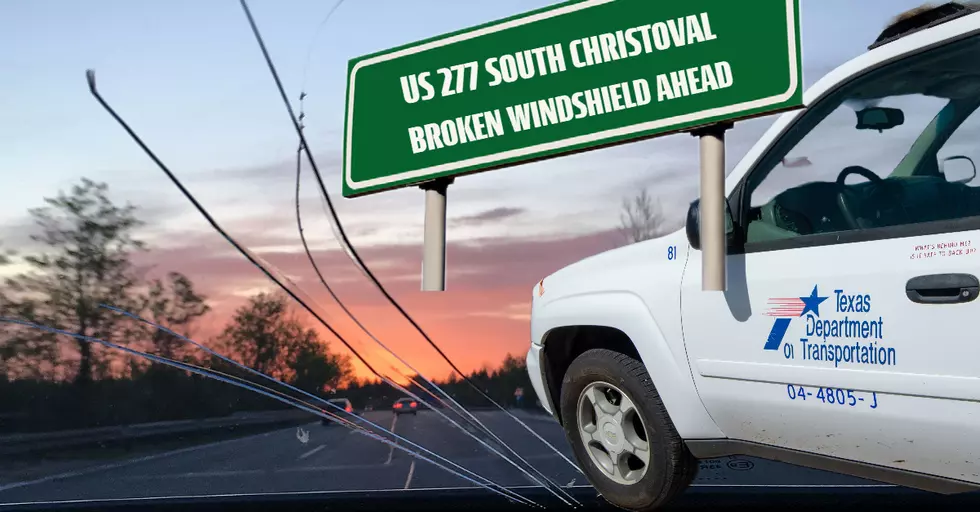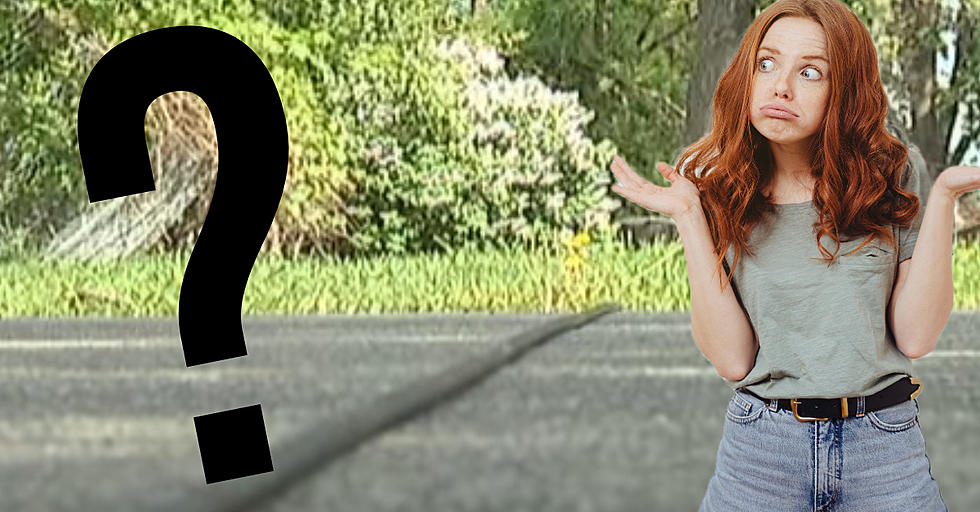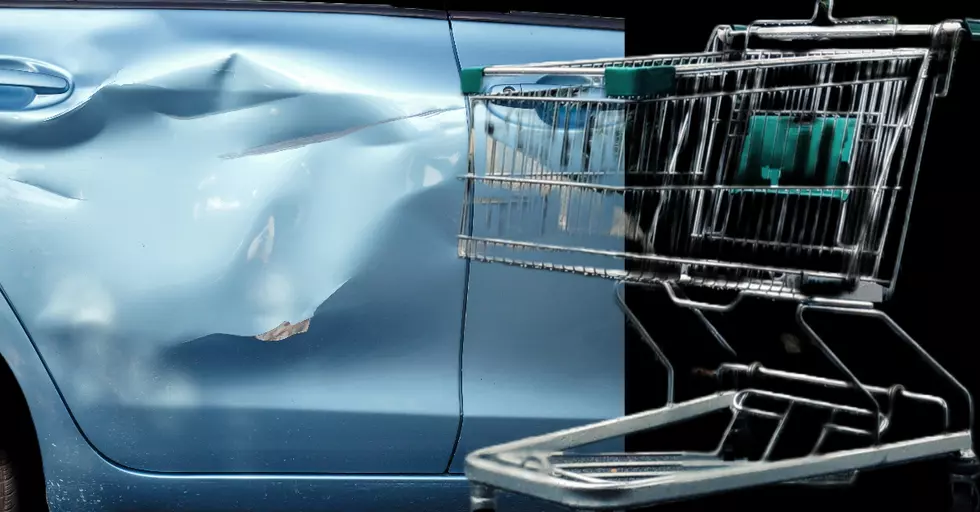
Driving on US 277 From Christoval South Can Cost You
The State of Texas has a lot of requirements for those who drive motor vehicles on our roads. Drivers must be reasonably licensed. We must maintain our cars in a safe manner.
Every year, vehicles registered in Texas are required to pass an annual inspection to ensure compliance with safety standards. The items checked in the examination for a typical passenger automobile in the state include the steering, seat belts, brakes, tires, tail lamps, and more.
All of this is to ensure that vehicles on our road are safe.
But what about the responsibility of the Texas Department of Transportation to maintain safety on the roads they maintain in our state? A case in point is US 277 from Christoval south toward Sonora.
Before you read further, please don't take this article as a slam on the road crews of TxDot. We owe a lot to our dedicated TxDot crews, who work tirelessly to maintain safe roads here in Texas. You can especially see their extra effort during times of winter weather.
No one is perfect, however. TxDot is acknowledging that a recent seal coat project is causing damage to vehicles on US 277 in Cristoval. Apparently, it has caused a lot of damage.
TxDot says they are working with the contractor, Ronald L. Wagner & Co. to determine the exact cause of the loose rocks and gravel that is causing the damage on so many vehicles. Needless to say, this situation could lead to serious safety issues.
Seal coating is a complex science.
According to TxDot Research Study No. 0-5230, applying a seal coat, so it doesn't cause these kinds of issues, is not an exact science. Proper asphalt and aggregate rates are critical to the success of a seal coat project. Asphalt rates are established on the fly based on a number of complicated factors, including the temperature of the application, and the type of traffic expected on the road.
The TxDot Manual For Seal Coat
TxDot constantly researches the best methods for applying seal coat, so that problems, like the ones on US 277 are rare. In a 2019 study commissioned by TxDot with the University of Texas At Austin Center for Transportation Research, they acknowledged:
There are design methods for seal coat application rates, however these design methods have been around since the 1960's and have not been updated. TxDOT typically uses experience to determine seal coat application rates. Unfortunately [due to rare use] the experience level is variable and loss of experienced personnel can lead to increased problems until experience is gained. Some of these problems are flushing, bleeding and rock loss. There are problems with underseals as well as surface seals. Poor underseals can lead to base failures and cause hot mix rutting.
It is easy to see that a project where so much can go wrong causes so much to go wrong. People on social media who have traveled that stretch of road for years say this kind of thing happens every time they work on the road. Someone on that project probably needs to at least pick up one of the extensive manuals TxDot seems to have written on the proper ways to seal coat a highway, so this doesn't happen repeatedly.
In the meantime, TxDot says they are out there with maintenance crews on US 277 in an attempt to rectify the problems. They are using power sweepers doing what they call a "fog seal" to try and stabilize the remaining rock.
So, while there are hundreds of pages of manuals about the proper techniques for applying seal coat, there are relatively few pages devoted to compensating drivers for damage when a seal coat project like the one on US 277 goes awry.
TxDot recommends if you have damage and wish to file a TORT claim with the State of Texas for damage you must make your claim in writing. The letter should include as much detail as possible. It should include:
1. Location, mile marker, county, type of damage (s) being claimed, etc.
2. Full contact information: mailing address, phone numbers, email address, etc.
3. Mail or fax the letter to:
Texas Department of Transportation
Occupational Safety Division
P.O. Box 149148
Austin, TX 78714-9148
Fax (512) 416-3302
The Occupational Safety Division doesn't need any photos, estimates, or any other documents for your claim. The agency says they respond in ten business days and will contact you for additional information. If you need immediate repairs, they urge you to have them done and save receipts
Judging from some of the comments on the social media posts from TxDot and others about this incident, I wouldn't hold my breath expecting compensation for any damages.
Think of it as just another tax. We pay higher insurance rates, waiting for our road crews to get it right. All the manuals in the world can't make that happen. What WILL make it happen is the grit and hard work of the people at TxDot. Going the extra mile is part of their DNA.
Safe driving.






